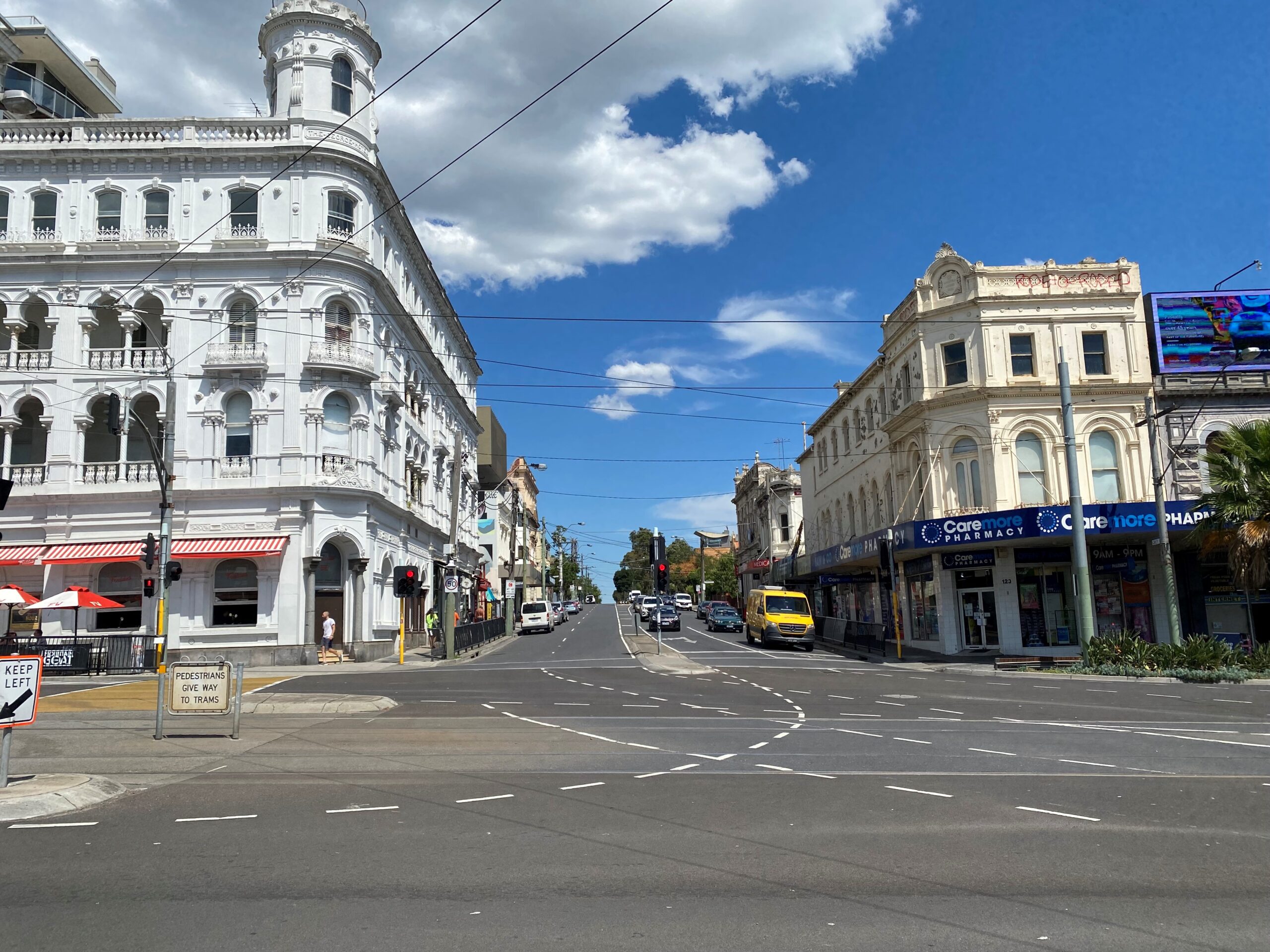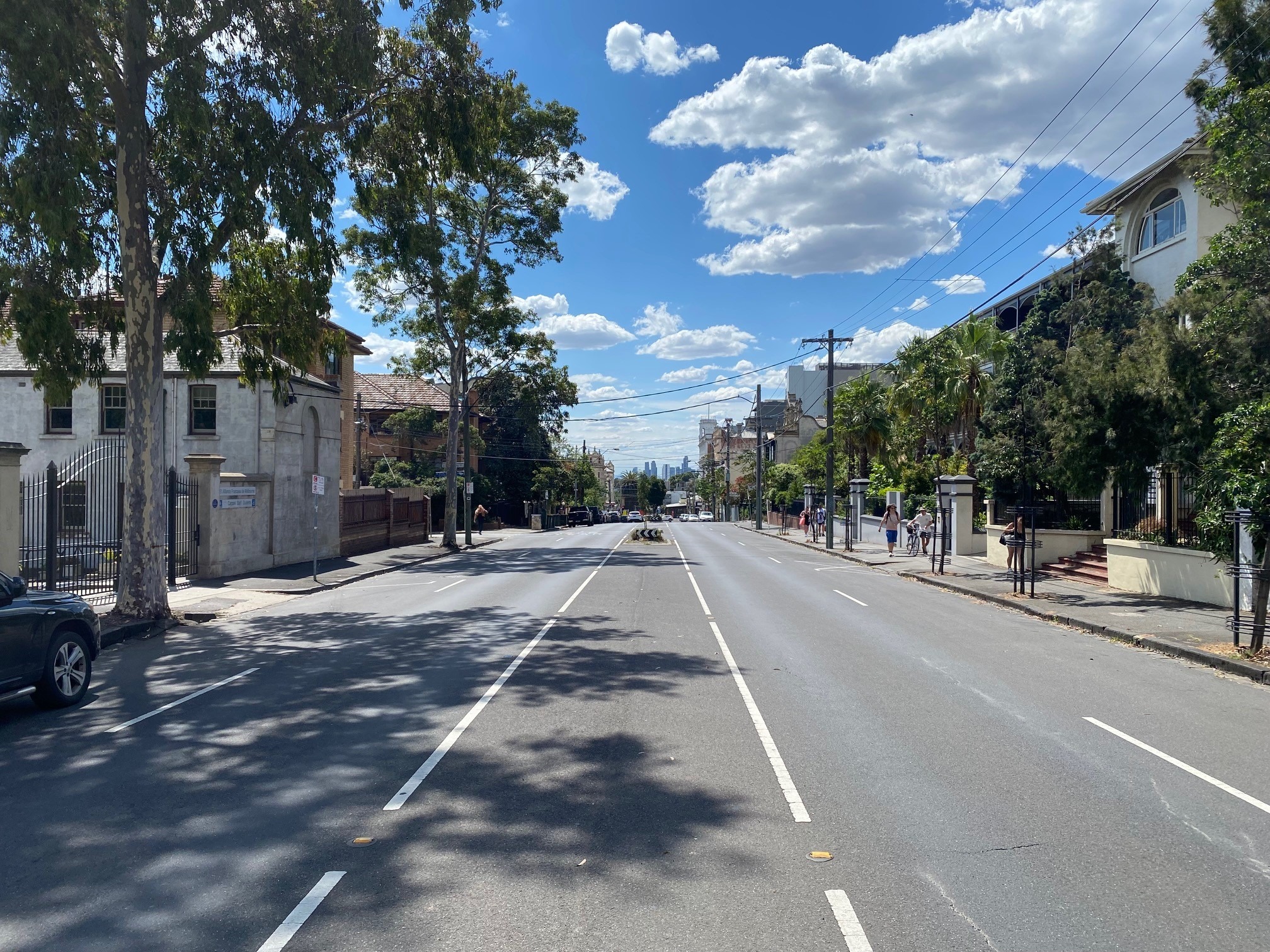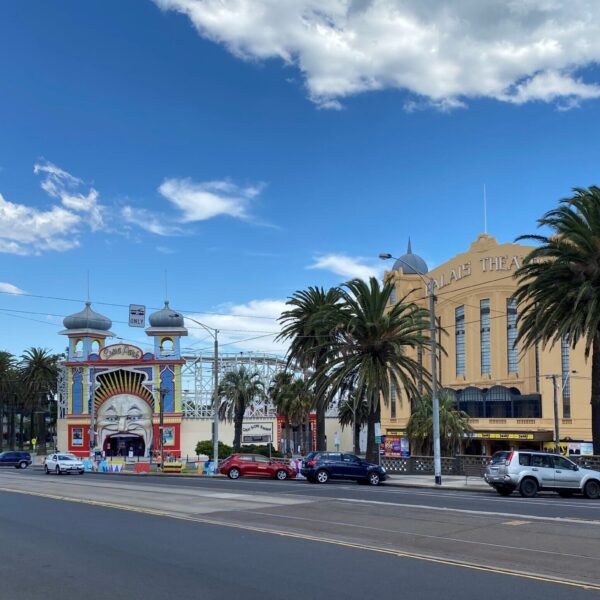The City of Port Phillip has become the first Australian community to achieve a measurable reduction in street homelessness, or people sleeping rough — a key milestone on the path to reaching functional zero. The community team credits this milestone to improved service coordination and system improvements, allowing for skillful use of state Homelessness to a Home (H2H) resources made available as a response to the Covid-19 pandemic. This resulted in a measurable, meaningful shift and a 20% reduction in rough sleeping.
Located in southern Victoria, Port Phillip is a small community bordering the Melbourne Central Business District. Launched in July 2019, the Port Phillip Zero project – like other Advance to Zero projects across Australia – has the goal of ending homelessness one community at a time, starting with people sleeping rough. In September 2020, Port Phillip became the third community outside of North America to achieve quality by-name list status after Adelaide and Brisbane.

Assembling the Port Phillip Zero team
For years, Port Phillip has had a rich network of services designed for people experiencing homelessness, with many assertive outreach, health, and drop-in resources. Despite good faith efforts and many innovative housing and support programs, before 2019 many services working with people experiencing homelessness were operating separately, with competing priorities and a lack of momentum toward a shared goal.
The Port Phillip Zero project was designed to build upon the region’s history of collaborative problem solving by adopting a functional zero approach and serving as a template for how other such projects could operate across Melbourne.
“We’ve created this structurally connected, multi-agency team focused on people sleeping rough.”
George Hatvani
These results have shown the promise of this approach, according to George Hatvani, Functional Zero Manager at Launch Housing, one of Victoria’s largest housing & homelessness services providers. “It has proved that things can be done differently and work.”
The first step required agency collaboration around shared quality data on their real-time, by-name list. The Port Phillip Zero team brought key stakeholders to the table from Port Phillip City Council and diverse organizations supporting mental and community health, aged care, housing, and Aboriginal people, among many others. From July 2019, this service coordination team began meeting weekly, sharing resources for clients on their newly formed by-name list, while also expanding agency representation and participation.
“One of the great things about this model is the relationships that get built around service coordination,” Hatvani said. “We’ve created this structurally connected, multi-agency team focused on people sleeping rough.”
By September 2020, the Port Phillip Zero team was certified by Advance to Zero, the local affiliate of Built for Zero, as having quality by-name list data, a significant step on the path to ending homelessness for all rough sleepers in the community.
“People aren’t in the shadows any more once they’re in the by-name list,” said Launch Housing General Manager Dr. Andrew Hollows. “Their crisis can be proven.”

Photo by George Hatvani
Challenges of a prioritization list
By early 2020, Port Phillip had the foundations of quality, real-time data on homelessness. But there was still the challenge of too little housing, shelter, and ongoing support.
Upon entering Victoria’s coordinated homeless response system, people are assessed for their vulnerability, going onto a regional prioritization list for support and accommodation and a waitlist for social housing (The Victorian Housing Register or VHR). However, available resources, especially affordable social housing, don’t match need and wait times are often many years.
“We have lists, but they’re not used in a dynamic way to move people sleeping rough closer to housing when it’s available. Access to housing is the real bottleneck,” Hatvani said.
The VHR, for example, is a list that operates sequentially, resulting in certain client categories being the most highly prioritized, such as those experiencing homelessness as a result of natural disasters or needing transfers from existing social housing.
“Beneath them are the people we work with — people sleeping rough,” Hatvani said. “We weren’t getting traction.”
Government response to Covid-19
In order to safely shelter people sleeping rough in the community during the pandemic, the Victorian government began temporarily accommodating people in hotels. Having comprehensive and real-time data allowed the Port Phillip team to know important details on each person and immediately make best use of these new resources.
“We knew who they were, what their needs and complexities were, and most importantly who their trusted services were, so we could explain what was going on and get them safely accommodated.”
George Hatvani
“We knew who they were, what their needs and complexities were, and most importantly who their trusted services were, so we could explain what was going on and get them safely accommodated,” Hatvani explained.
In July 2020, the Victorian government announced the Homelessness to a Home (H2H) Program, providing $150 million to house and support people who were in temporary hotel accommodation. The funding was utilized to move these people into permanent housing with housing and support packages intended to ensure they have the support they need to stay housed.
Importantly, through this measure, people sleeping rough were moved to a higher priority position on the waitlist for available housing. Because the community was already maintaining their real-time, by-name list, they knew every client in the hotels and were prepared to assist them in securing permanent housing.
“When the housing came along, we were ready,” Hatvani said. “We knew where people were, even if they had moved on from their hotel, and we knew how to find them through our network of connections, so we were able to minimize the chances of someone missing out if they moved on, a common problem in the past.”
The team used service coordination improvements and this change in housing allocations to drive a measurable shift in their homeless response system, advancing the work of ending street homelessness altogether. The result has been a 20% reduction in rough sleeping.

What’s next?
The Port Phillip Zero project’s next goal is to accelerate the reduction in people sleeping rough, despite potential obstacles ahead. Clients who received H2H support packages can remain in hotels until they can move into private housing rented by the government, which is the last step before securing permanent housing. However, hundreds of people across the state, including many from Port Phillip, were not eligible or unsuccessful in securing H2H packages and must be “decamped” from hotels by February 2022, moving out without a designated place to land.
“We must do better for these people who are living through the lowest and most vulnerable times in their lives,” said Hatvani. “We are a service system of last resort, and we help people to regain and hold onto their hope even as we bear witness to their suffering. Now, with the personal knowledge that comes from knowing everyone by name, we enumerate and advocate for their very specific needs. I think that’s really powerful, especially when it leads to this sort of change.”


